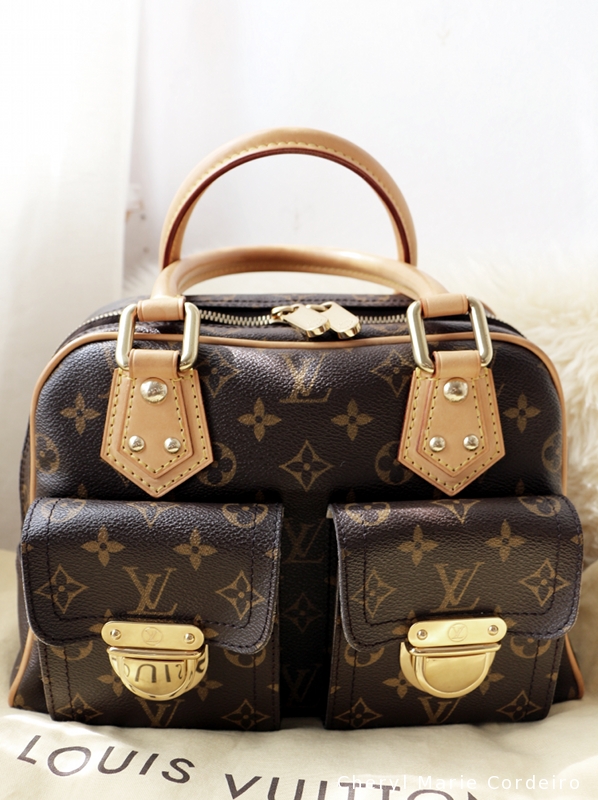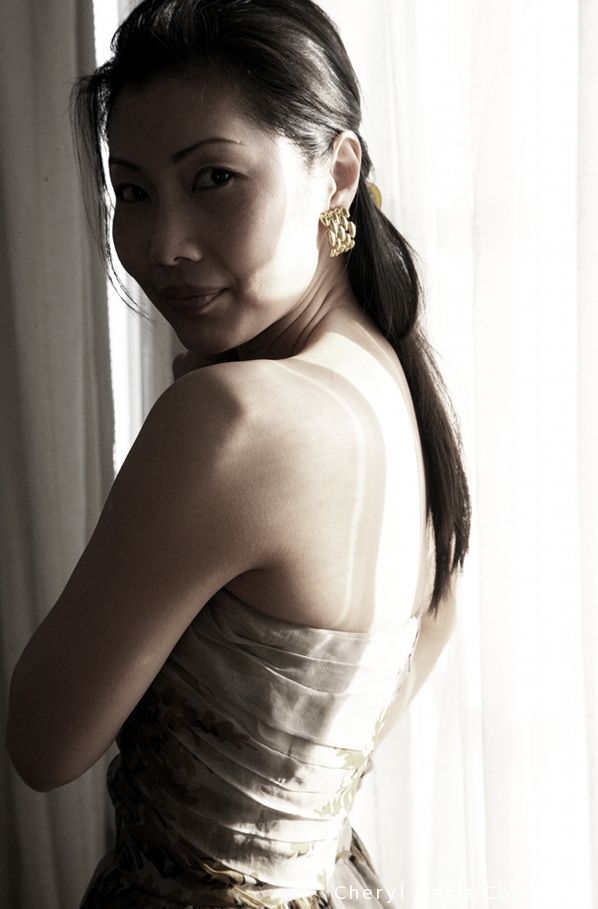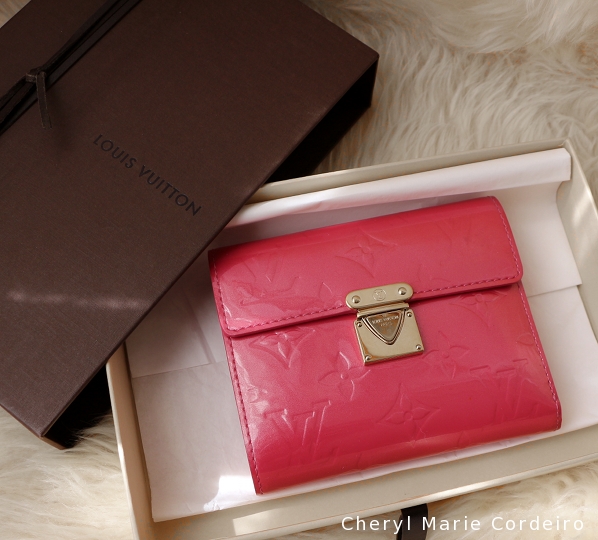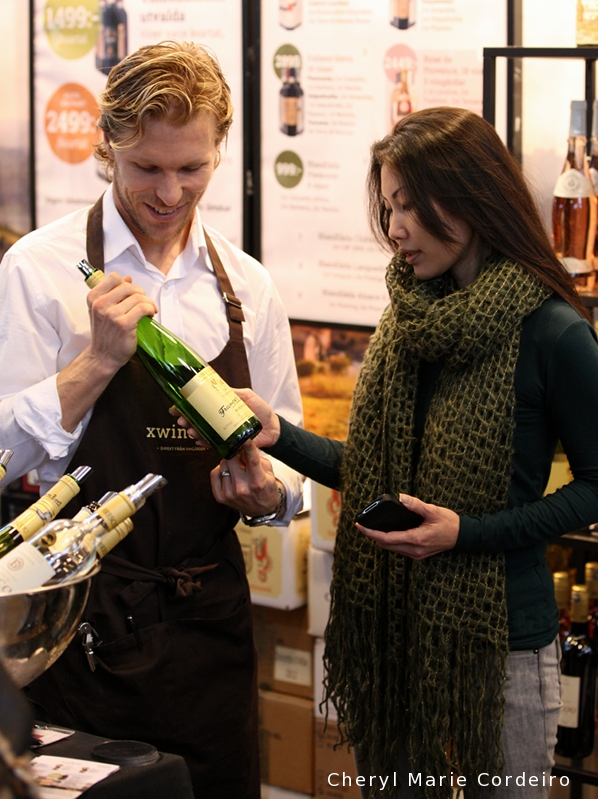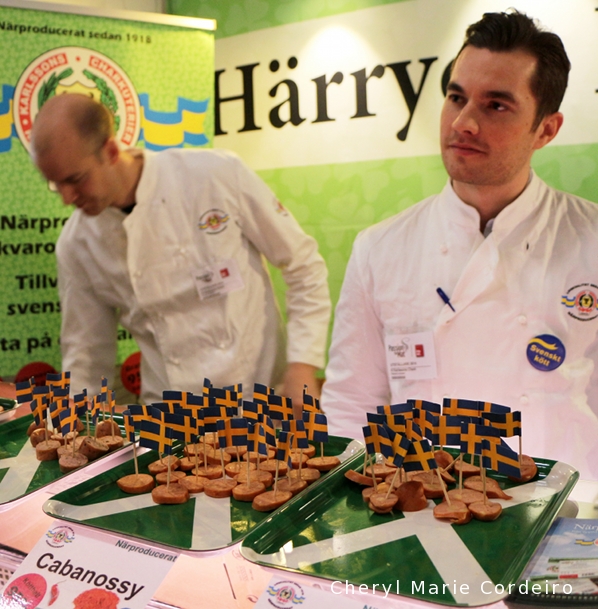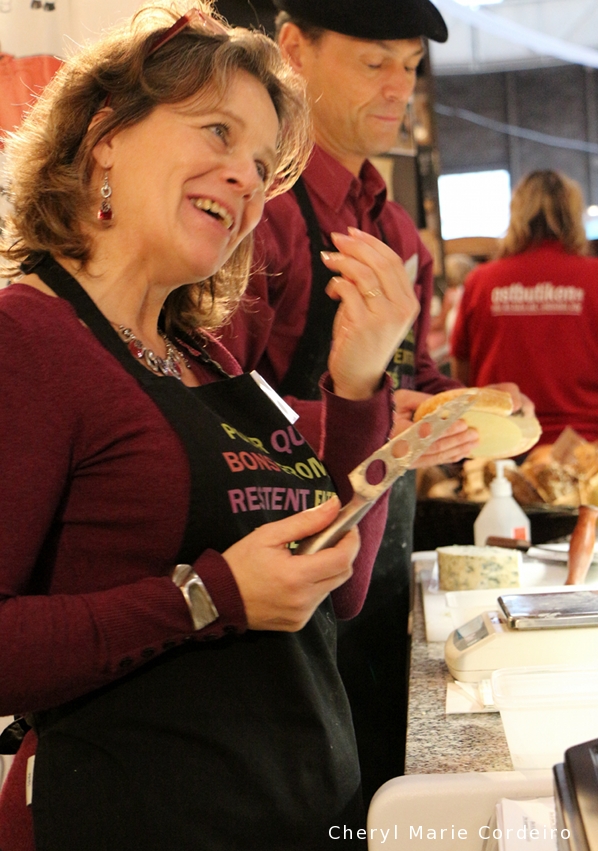Robbert Dijkgraaf’s lecture given at Gresham College in 2012 that focuses on string theory, quantum gravity, and the interface between mathematics and particle physics, bridges ideas from the various disciplines of science and arts, could be said to be have played a pivotal role in influencing the manner in which I saw the Individual in relation to space and time. Dijkgraaf takes on an evolutionary perspective to space and time, that are “near to their end”.
From the transcript of the lecture:
“If you go back in more recent history, for instance, Richard Feynman, the famous particle physicist, he has said that if you really do not know mathematics – and do not be worried, there will not be many equations today – but if you do not really know mathematics, you cannot get across the real feeling of the beauty of nature.”
“Not only did we have this unification of space and time but the next ingredient was that space, the stage, so to say, is not rigid, it is flexible, it can curve, it can shape, and it does so under the influence of energy and mass, and that is the phenomena that we call gravitation. So, anything that carries mass or energy will curve the space and time around and thereby space and time became no longer the stage, but an active player in the game. Space and time are something which has physical properties and a future in physical laws, and in fact, it is the influence of this curvature that describes the motion of particles under the influence of gravity.”
“I think the evolving universe, the Big Bang, is part of our culture, and in fact, these images and the discoveries that are made are getting more and more exact and precise. We are living in the age of precision cosmology,…”
Continue reading “The End of Space and Time? by Robbert Dijkgraaf”
